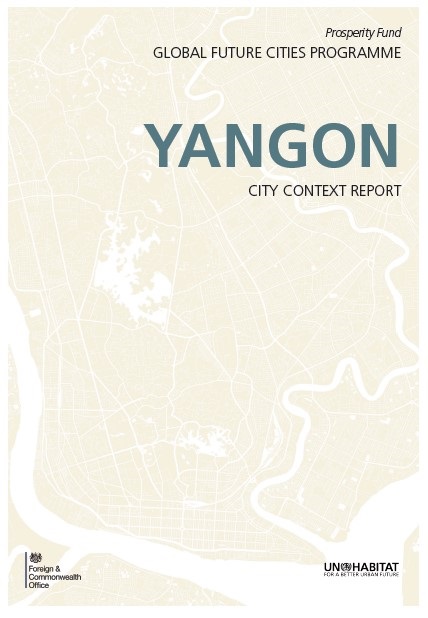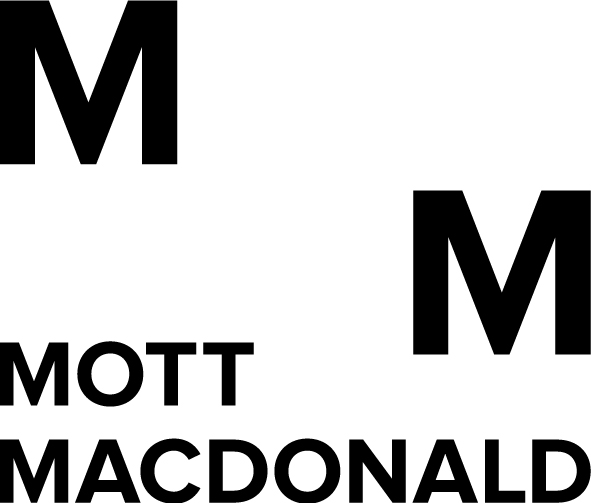Overview
Yangon is the largest city in Myanmar and the main gateway to the rest of the region. The city lies at the confluence of the Yangon and Bago Rivers, and thanks to its port and its industrial activities it is also the commercial, trade and financial hub of Myanmar.
The city’s cosmopolitan past has contributed to a unique cityscape, including a range of structures from religious sites to colonial administrative buildings, many of which are in poor condition. The city faces tremendous challenges in reviving these structures, due to difficulties in policy, ownership, technical expertise and management. It is estimated that, among its pre-colonial pagodas and temples, mansions and colonial administrative buildings and smaller architectural structures, over 2,000 properties date from before 1950.
Heritage is a well-known concept to Yangon residents; the uniqueness of the city lies not only in its monuments and architectural wealth, but also in assets such as its human and social heritage, traditional activities, historical practices and ways of living that unfold within it. The public space between these buildings, including streets, squares, parks, religious sites and social gathering places once served as interfaces to a vivid, human-centred built environment, attracting people from all over the world and contributing to the city’s unique character. Annually during the monsoon, large areas of Yangon including the Central Business District (CBD) are exposed to flooding. This is only expected to worsen due to climate change. The city was originally built on a wetland and the poorly managed drainage exacerbates flooding occurrence in the city, further compounding flood-related issues of public health and sanitation. The project proposed in Yangon to address urban development issues is called “Revitalising Streetscapes: Unlocking the potential of Yangon City’s Assets”.
Highlighted Publication

Yangon City Context Report
Download Document
Challenges
Projects
1 Sustainable Public Space Revitalisation through Participatory Design
View DetailsThrough consultations with key actors urban planning and resilience were identified as best fitted, particularly in lieu of the issues Yangon’s CBD is facing in relation to heritage, public space and flooding. Through merging heritage and flood resilience components as part of a bottom-up integrated urban planning approach, the intervention can further build prosperity and promote sustainable urban development in Yangon. To better capture the diverse understandings of heritage in Yangon, the approach has been adapted to encompass components of both the built environment and cultural practices, reflecting the complex and multicultural underpinnings of the city’s history. Similarly, flood resilience not only refers to incidences of inundation per se, but looking at alternative solutions to sewerage, drainage, water supply and erosion, solid waste management and public awareness.
The intervention proposed, “Sustainable Public Space Revitalisation through Participatory Design”, aims to unlock the potential of Yangon City’s latent assets by developing learning-by-doing pilot projects from which recommendations can be extracted. These recommendations can be used to guide future urban processes and may include regulations on the management and governance of public space, new policies related to the public realm as well as methodologies that can be used to improve sustainable urban planning and design practice in the city. The Programme’s Technical Assistance will strengthen the capacity of local governments to deliver concrete projects, and subsequently inform policies, regulations and methodologies. This will be achieved by collaboratively preparing, developing and building tangible, replicable and scalable pilot project(s).
The project has been hibernated until further noticed.
Project Timeline
-
Charrette Date
August 2018 -
Validation Workshop Date
November 2018 -
Kick-off Meetings Date
November 2018 -
SDG Project Assessment Tool Tailoring Workshop Date
February 2019
